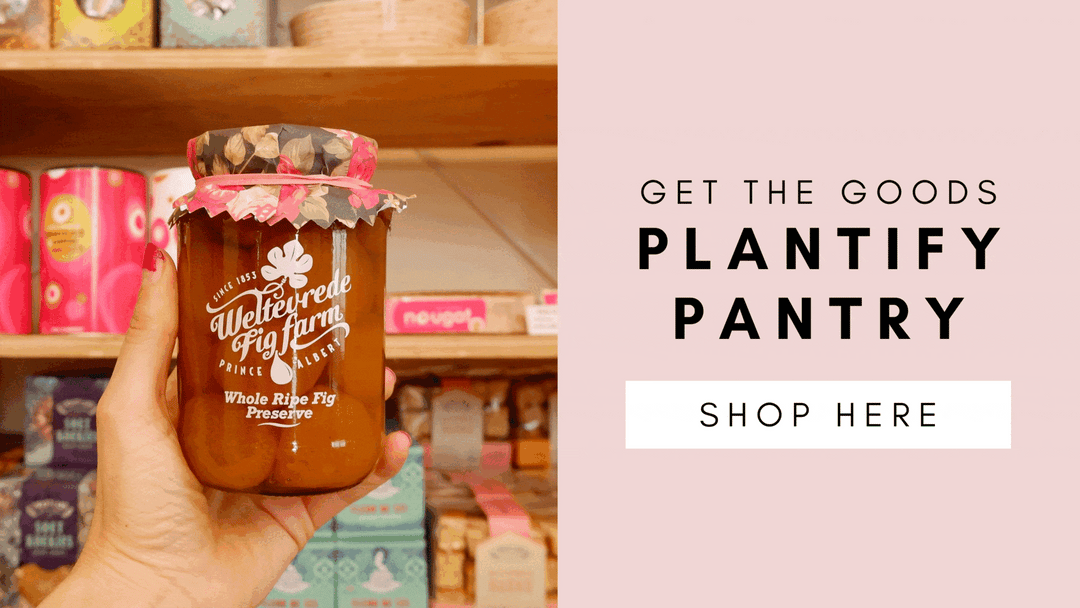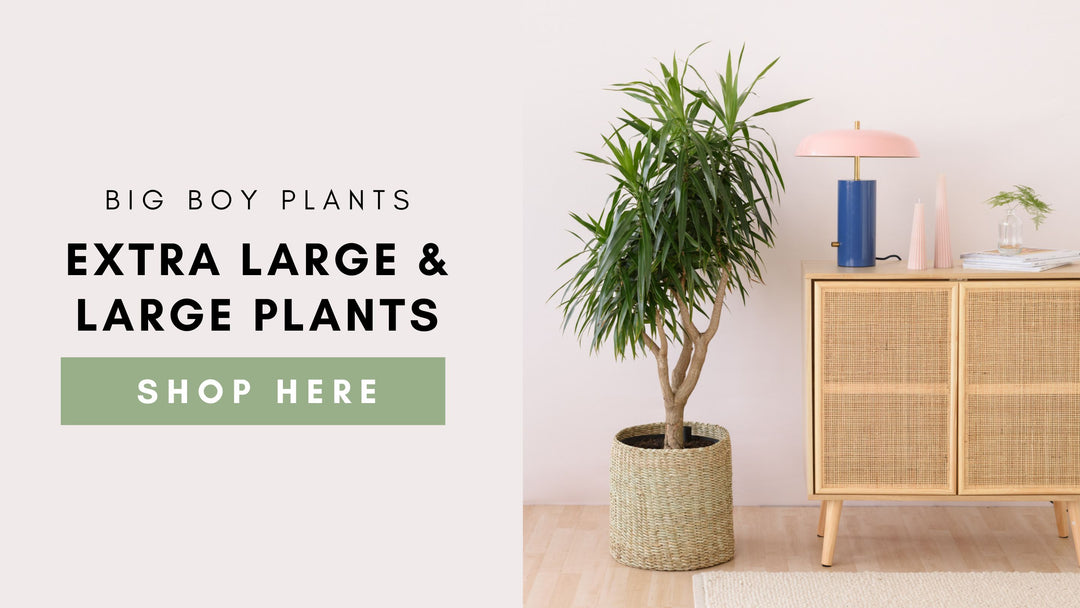Grape Ivy Care Instructions
Scientific name: Cissus rhombifolia “Ellen Danika”
Synonyms: Grape Ivy, Oak Leaf Ivy
The Grape Ivy, with its distinctive oak-shaped leaves and silvery-bronze young vines, is a fantastic plant for adding texture and rich colour to your home or office decor. Its deep green, rambling foliage grows quickly, creating a lush, trailing effect that enhances any space. Perfect for creating a faux jungle canopy or elegantly cascading from a tall shelf, the Grape Ivy brings a touch of natural beauty to any room.
One of its standout qualities is its non-fussy nature. The Grape Ivy thrives in a variety of lighting conditions, tolerating anything from bright indirect light to lower light settings, making it an adaptable choice for different locations in your home or workspace. It’s also forgiving when it comes to watering, as long as the soil is allowed to dry out between drinks.
As a native to tropical and subtropical regions of Central and South America, to maintain its full and vibrant look, place your Grape Ivy in a bright spot and provide it with some humidity to keep it looking pristine. With minimal care, this fast-growing beauty will reward you with an abundance of trailing greenery.
Toxicity: The Grape Ivy is not considered toxic, it’s best to keep it out of reach of pets and children for safety and to preserve its lush appearance.

Grape Ivy Common Symptoms
- Leaf yellowing: Overwatering is a common cause of yellowing foliage. Be sure to allow the soil to reach near-complete dryness between each watering and avoid soggy soil. Be sure that your plant has effective drainage to avoid further watering issues.
- Leaf curling or crisp foliage: This can be caused by underwatering or exposure to cold drafts. Be sure to check in on your plant on a regular basis, and to avoid long periods of dryness and cooling breezes on the plant. The typical sign of excessively dry soil is the soil pulling away from the planter's edge. In this case, be sure to soak your plant for about an hour to rehydrate the potting soil effectively. For more information on identifying plant hydration issues, checkout: Identifying Overwatering vs Underwatering in Houseplants
- Severe Wilting Foliage: If you have ruled out any watering issues and have moved your plant out of any breezes. Check in on temperature. Cissus like consistent temperatures. If you find that your plant is showing wilting, relocate it to a position with favourable lighting and even temperatures for best results.
- Fungal Diseases: Can appear due to poor air circulation and high humidity, causing leaf spots and blackened leaves. If you notice any black or mouldy soil and leaves remove the most affected foliage. Be sure to crack a window to allow good airflow or relocate your plant to provide with the airflow it needs. Infections can be treated with a fungicide such as Copper Soap.
- Pests: Grape Ivy can be affected by common houseplant pests such as Spider Mite and Mealybug. These are frequently the result of environmental problems weakening and stressing out your plant. If Pests do arise, be sure to isolate and treat the plant immediately with quality pest control such as Pyrol, and fix any environmental factors causing the issue. Check out Identifying and treating Pests or our Pest Specific pages when covering over the the Plant Care Tab on our site, for more detailed Pest control advice.
Grape Ivy Care Instructions
- Origin: Native to Central and South America.
- Height: Can grow up to 2 metres when climbing or trailing, though usually more compact indoors.
- Light: Prefers bright, indirect light but can tolerate lower light conditions. Avoid direct sunlight, which can scorch the leaves.
- Water: Water when the top 5-8 cm soil feels dry. Be careful not to overwater, as this plant dislikes soggy soil.
- Humidity: Thrives in moderate to high humidity. Mist the plant regularly in the morning and mid-afternoons, a minimum of twice a day, especially during dry months or in air-conditioned spaces.
- Temperature: Prefers temperatures between 18-24°C. Avoid cold drafts and temperatures below 13°C.
- Soil: Use well-draining potting soil rich in organic matter. A standard indoor potting mix with perlite or orchid bark is ideal.
- Fertiliser: Feed with a balanced liquid fertiliser once a month during the growing season (spring and summer). During autumn and winter, only feed with a weak solution if your plant is still actively growing.
- Pruning: Prune regularly during spring and summer to maintain shape and encourage bushier growth. Cut back leggy stems to promote new, fuller growth.
- Repotting: Repot every 2-3 years, or when the roots outgrow the current container. Choose a pot that is 3 cm to 5cm larger with good drainage holes. Always use fresh soil during repotting to ensure healthy growth. Be gentle with the roots when repotting, and be sure to remove any dead or rotting roots if required.
- Propagation: Propagate through stem cuttings. Cut a healthy vine just below a node, remove the lower leaves, and place the cutting in water or moist soil. Place in a warm, bright space, to encourage faster root growth. Roots will develop within a few weeks. You’ll know when cuttings are rooted in moist soil when you gently tug on them and receive some resistance.
If in stock, shop for Grape Ivy here



